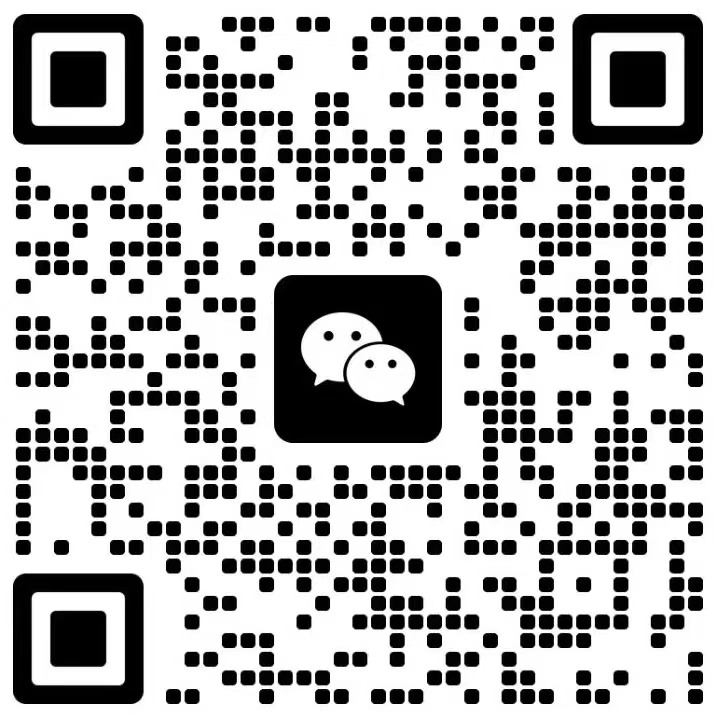How to Design RS485 Interface Circuit
add time:
2022-11-14 10:24
1. Schematic Diagram 1. RS485 Interface 6KV Lightning Protection Circuit Design Scheme (RS485 Interface Lightning Protection Circuit) Interface Circuit Design Overview: RS485 is used for communication between equipment and computers or other equipment. In product applications, its routing is mostly mixed with power supply, power signal, etc., which has EMC hidden danger. Based on the EMC principle, this scheme has designed the relevant interference suppression and anti sensitivity, and solved the EMC problem from the design level.
2. Circuit EMC Design Description A Key points of circuit filtering design L1 are common mode inductors. Common mode inductors can suppress attenuation common mode interference, interference inside the board and external interference, improve the anti-interference capability of the product, and reduce external radiation through 429 signal lines. The impedance of common mode inductors is selected from 120 Ω/100MHz to 2200 Ω/100MHz, and the typical value is 1000 Ω/100MHz.
C1 and C2 are filter capacitors, which provide a low impedance return path for interference, and can effectively reduce the external common mode current to filter external interference at the same time; The selection range of capacitance value is 22PF~1000pF, and the typical value is 100pF; If the signal line has insulation and withstand voltage requirements for the metal shell, then the two filter capacitors of the differential line to the ground need to consider withstand voltage;
When there are multiple nodes on the circuit, consider reducing or removing the value of the filter capacitor. C3 is the jumper capacitance between the interface ground and the digital ground. The typical value is 1000pF. The C3 capacitance can be adjusted according to the test situation;
B. Key points of circuit lightning protection design
In order to meet the lightning protection test requirements of IEC61,000-4-5 or GB17,626.5 standards, common mode 6KV and differential mode 2KV, D4 is the first level protection circuit composed of three terminal gas discharge tubes, which is used to suppress common mode and differential mode surge interference on the line and prevent interference from affecting the next level circuit through the signal line;
The nominal voltage VBRW of the gas discharge tube shall be greater than 13V, the peak current IPP shall be greater than or equal to 143A, and the peak power WPP shall be greater than or equal to 1859W; PTC1 and PTC2 are thermistors to form the second level protection circuit, and the typical value is 10 Ω/2W;
In order to ensure the smooth conduction of the gas discharge tube, the resistance must be increased for voltage division to release the amplified energy, so as to ensure that most of the energy passes through the gas discharge tube;
D1~D3 are the third level protection circuits composed of TSS tubes (semiconductor discharge tubes). The nominal voltage VBRW of TSS tubes is required to be greater than 8V, and the peak current IPP is required to be greater than or equal to 143A; The peak power WPP is required to be greater than or equal to 1144W;
3. Interface circuit design remarks If the equipment is a metal shell and the single board can independently divide the interface ground, the metal shell is directly electrically connected to the interface ground, and the single board ground is connected to the interface ground through a 1000pF capacitor; If the equipment is non-metallic, the interface PGND is directly connected with the digital GND of the board.
PCB design 1. Features of RS485 interface circuit layout (RS485 interface filter and protective circuit layout) scheme:;
(2) Common mode inductor and jumper capacitor shall be placed in the isolation belt.
Scheme analysis:
(1) The interface and interface filter protection circuit shall not be wired and high-speed or sensitive devices shall not be placed around them;
(2) The projection layer below the isolation belt shall be emptied, and wiring is prohibited.
2. Separate grounding design of RS485 interface circuit
Scheme features: (1) In order to suppress the external conduction and radiation of the internal board noise through the RS485 interface, and also to enhance the anti-interference ability of the board to external interference, filter elements are added at the RS485 interface for suppression, and the interface ground is divided by the size of the filter element position;
(2) Capacitance can be selectively added in the isolation band as the connection between the two grounds. The value of capacitance C4 and C5 is suggested to be 1000pF. Common mode inductance CM and capacitance filter are connected in series on the signal line, and GDT and TVS tubes are connected in parallel with the interface ground for protection; All protective devices are placed close to the interface, and the common mode inductor CM is placed in the isolation band. The specific layout is shown in the figure.
Scheme analysis:
(1) When there is a circuit with poor compatibility or incompatibility between the interface and the board, it is necessary to "divide the ground" between the interface and the board, that is, set the ground wires according to different port voltages, level signals and transmission rates. "Ground separation" can prevent the superposition of return signals of incompatible circuits and prevent impedance coupling of common ground wires;
(2) The phenomenon of "ground separation" will cause the impedance of the return signal to become larger when it crosses the isolation band, thus causing great EMC risk. Therefore, capacitance is used between the isolation bands to provide a return path for the signal.







